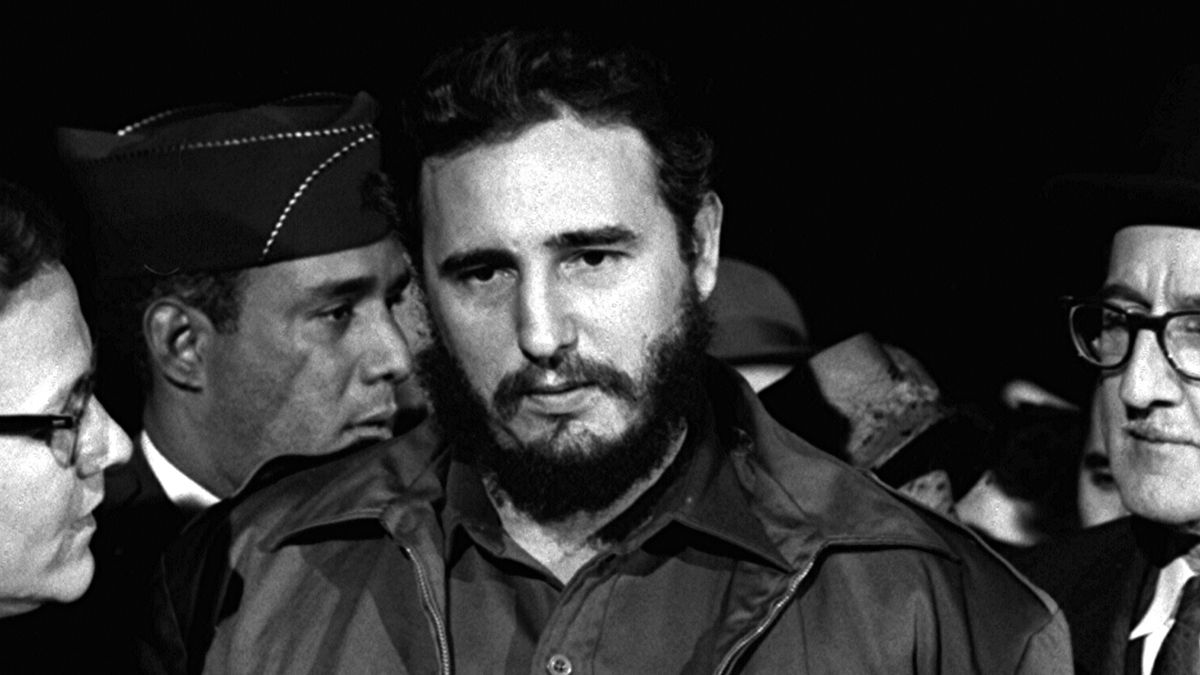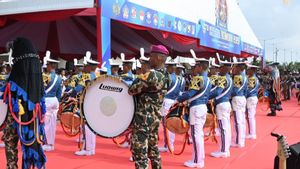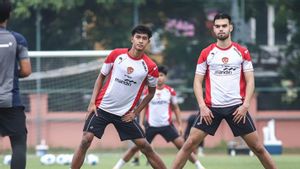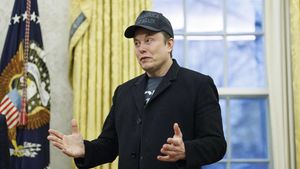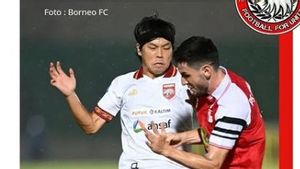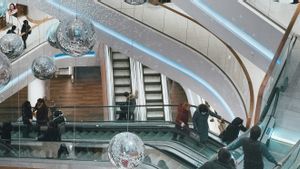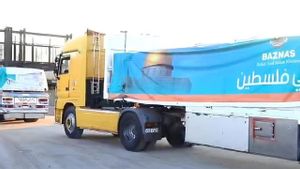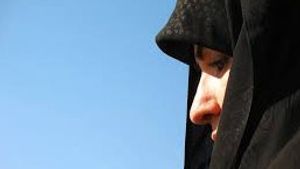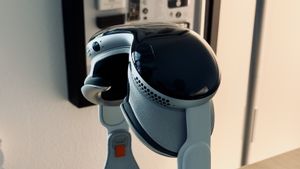JAKARTA - "The revolution was born in Moncada," said Celia Sanchez, a close friend of the Cuban Revolutionary Leader, Fidel Castro since the guerrilla era. He referred to the events of Castro's "desperate" attack on the Moncada Barracks in Santiago de Cuba on July 26, 67 years ago or in 1953. The attack, which had almost no chance of victory, marked the start of the Cuban revolution.
Fidel Castro is actually just a representation of public anger at General Fulgencio Batista's regime. With his position as head of the armed forces which was obtained after the 1933 coup, Batista became king maker and helped run the government.
The Batista government was considered corrupt and repressive to the people who then systematically began monopolizing big business in Cuba assisted by the US mafia. He controls drug trafficking, gambling to prostitution.
As the gap in inequality increased, there were many demonstrations and riots led by students and communists. Cubans continued to harbor their anger until Batista made a "forced victory" on March 10, 1952. Knowing that he would lose the election scheduled for June, he staged a coup at that time.
Seeing this, a young lawyer who is a candidate for the People's Legislative Assembly from the Orthodoxo Party in the Havana constituency, Fidel Castro was furious. He felt that subtle methods were not working against the corrupt regime. Therefore there is no other way but revolution.
The years following the Batista coup were a period of intense social strife. Youths from and around Havana revolted. They gathered and Castro became the leader.
Raid on the Moncada BarracksThe following year, as reported by The New York Times, the movement planned an attack on the Moncada Barracks, the second largest military base on the island which contains more than 1,000 troops. This attack became the heart of the operation because there was an arsenal of weapons that volunteers could use to fight against the Batista regime.
Of the approximately 160 volunteers selected by Castro, the majority of them came from ordinary groups. Castro wanted his troops to come from the people he called "los humildes" who were not from the middle class, students or intellectuals whom he felt would not be trusted.
Most of the volunteers came from the Orthodoxo party. The British historian Hugh Thomas in his study of the Cuban revolution noted that there was only one communist from the entire group. Even the Cuban Communist party itself has strongly condemned the attack.
Revolutionaries who had been trained in groups gathered at night, July 25, 1953 on a farm outside Santiago de Cuba, the capital of the province of Oriente. Then in the early hours of the 26th they circled Avenida Moncada towards an old fort. Castro was in the second car at the time.
Arriving there, they initially succeeded in occupying the guard post. But after the alarm sounded, Castro's troops were immediately ambushed by a patrol force. For more than an hour they were overwhelmed by the army.
During the war, Castro's death toll was only four. However, after carrying out the arrest operation, the total number of Castro's troops who were captured and killed the day after was around 68 people.
Meanwhile Castro and his 17 troops fled to the hills. He then plans to attack the garrison - a military force post - nearby in Siboney, but the group is scattered.
Castro and two of his friends wandered for a week in the mountains and were eventually picked up by the patrol commander, Lieut Pedro Sarria. Sarria recognizes Castro, he then protects Castro and takes him safely back to the civilian prison in Santiago de Cuba.

Fidel Castro, his brother and other rescuers were sent to prison on the Isle of Pines. Meanwhile President Batista, in a political agreement with the opposition, released them all on May 15, 1955. It seems that Batista did not know that while in prison, Castro was planning the next series of revolutions.
Despite losing to the Barak Moncada attack, Castro was still happy when he remembered that moment. According to him, if it was successful then it would not make sense, because it was too fast. But the defeat paid off, because the event became a symbol of the start of the Cuban revolutionary movement. The new revolution was successful during the guerrilla warfare in the Sierra Mestra on January 1, 1959, led by Che Guevara's troops.
The English, Chinese, Japanese, Arabic, and French versions are automatically generated by the AI. So there may still be inaccuracies in translating, please always see Indonesian as our main language. (system supported by DigitalSiber.id)
